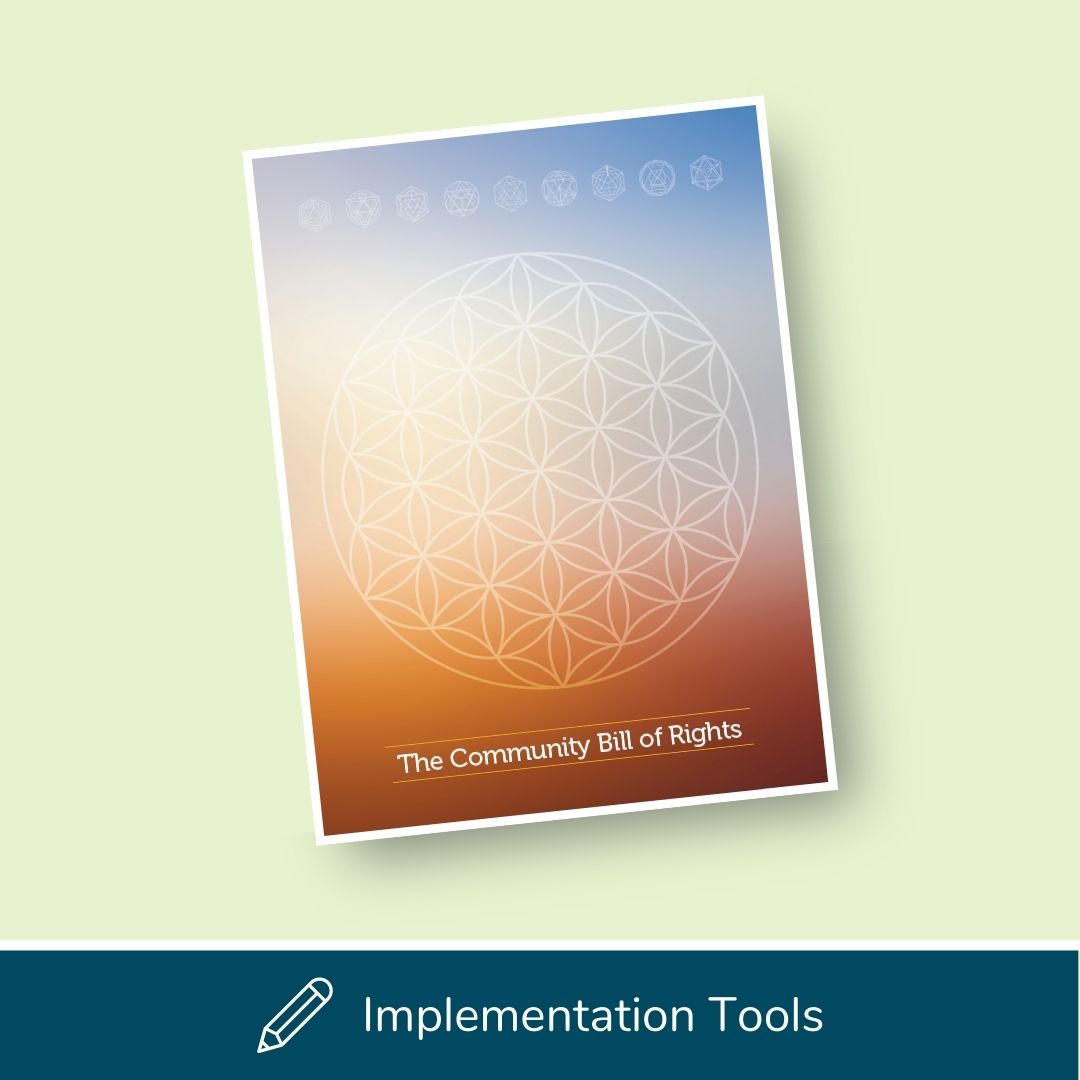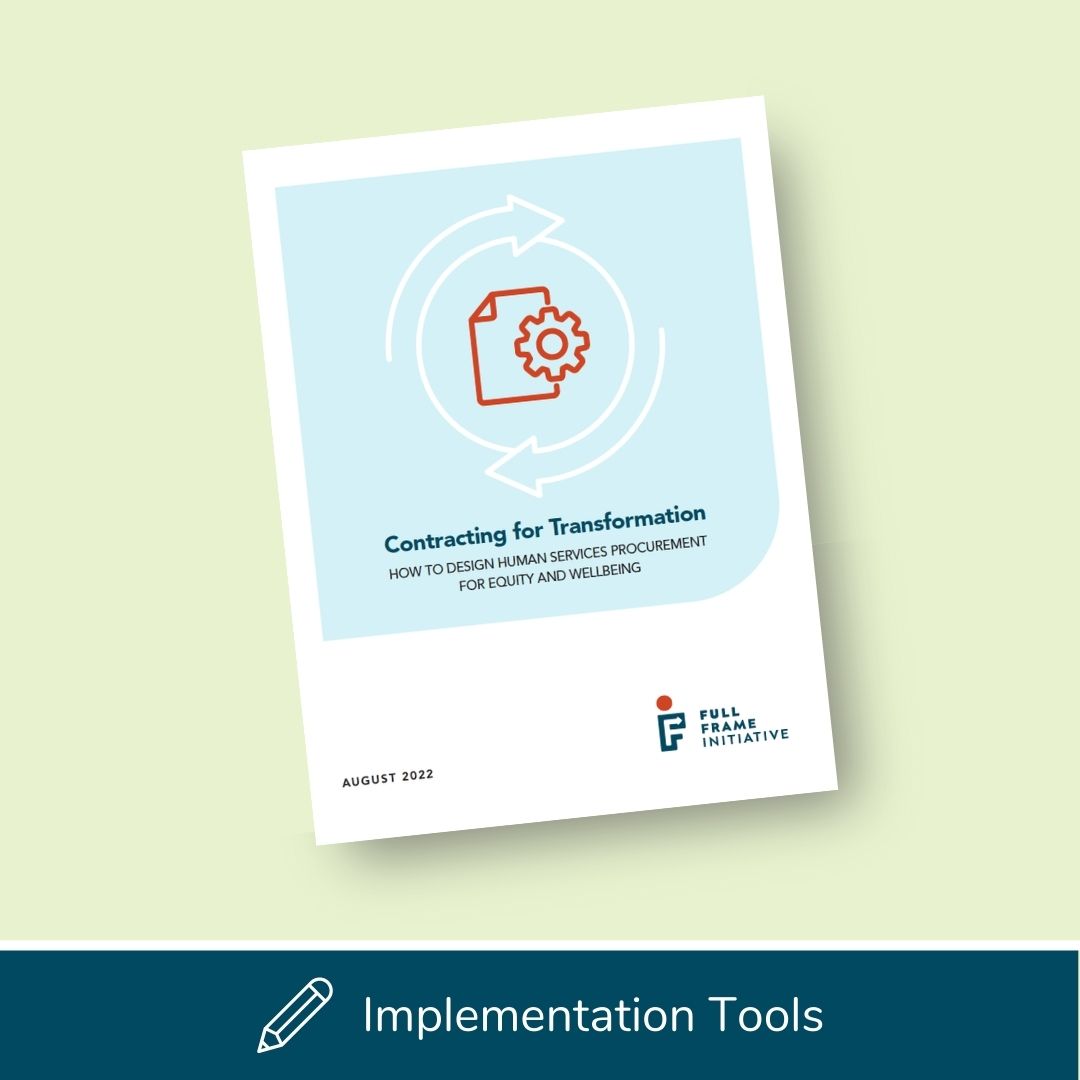 Featured Resource
Featured Resource
Full Frame Initiative partnered with community leaders to develop the Community Bill of Rights. This resource serves as a guide for government systems, philanthropy and nonprofits to center community, shift power and heal systemic harms.
 Featured Resource
Featured Resource
How can we ensure that everyone has a fair shot at wellbeing? Utilize our wellbeing design principles to help you evaluate.
 Featured Resource
Featured Resource
Our toolkit provides guidance for making procurement processes more equitable, and tangible tools for practical use such as score guides and questions for bidders.
 Featured Resource
Featured Resource
The U.S. should be a country where everyone has a fair shot at opportunity, and to thrive. But let's be real: that's not the case. Watch this video to learn more.

FFI Senior Fellow Gary Anderson, a theater director and producer with over 36 years of experience, makes a compelling case for centering the arts as a pathway to wellbeing and democracy.

What would it look like to transform the civil legal system so it eliminates inequities instead of amplifying them? The Justice Determinants of Wellbeing outlines concrete changes that will push the civil legal system to a civic justice system rooted in wellbeing.

Katya Fels Smyth speaks at the Rx Foundation on "How We Leave Matters: Navigating Endings with Intention." Watch the recording on the Rx Foundation's website.

After 15+ years moving the US toward a country where everyone has a fair shot at wellbeing, the Full Frame Initiative has made the careful decision to wind down as an organization. Read the letter from FFI’s Founder & CEO Katya Fels Smyth about the decision to intentionally close in a way that reflects our values and minimizes risk of harm to our partners and communities. We are committed to ensuring the work takes on new life beyond our organization’s boundaries.

Senchel Matthews, FFI's former associate director of built environment, shares two innovative tools planners can use to harness wellbeing in community co-creation processes in American Planning Association's PAS Memo.

Learn how FFI partnered with the City of New London and the Hispanic Alliance of Southeastern Connecticut on a wellbeing asset mapping project.

Kingston, NY's Midtown Thriving Initiative was selected by FFI as one of four nationwide pilot projects under its Community Engagement Initiative.

Climate adaptation can be a booster for the wellbeing of people and the planet. Join us as we explore how to leverage climate adaptation to move beyond protecting what we have now to building the equitable communities we wish for.

View a selection of FFI's current partnerships and where our work is happening on the ground as of fall 2024.

Learn more about our Founder & CEO, Katya Fels Smyth, her big picture thinking and the science-backed wellbeing framework that underlies our work on the Purist blog.

Read the case study from FFI's work with the Wellbeing Learning Collaborative – a statewide effort exploring shifts in policy, practice and culture to strengthen systems' response to domestic violence.

Since 2021, the City of New London, Connecticut, has partnered with FFI to shift from business-as-usual to a vision for transformative change. Watch this video from a 2024 event where FFI joined the New London community to reimagine the future of the city.